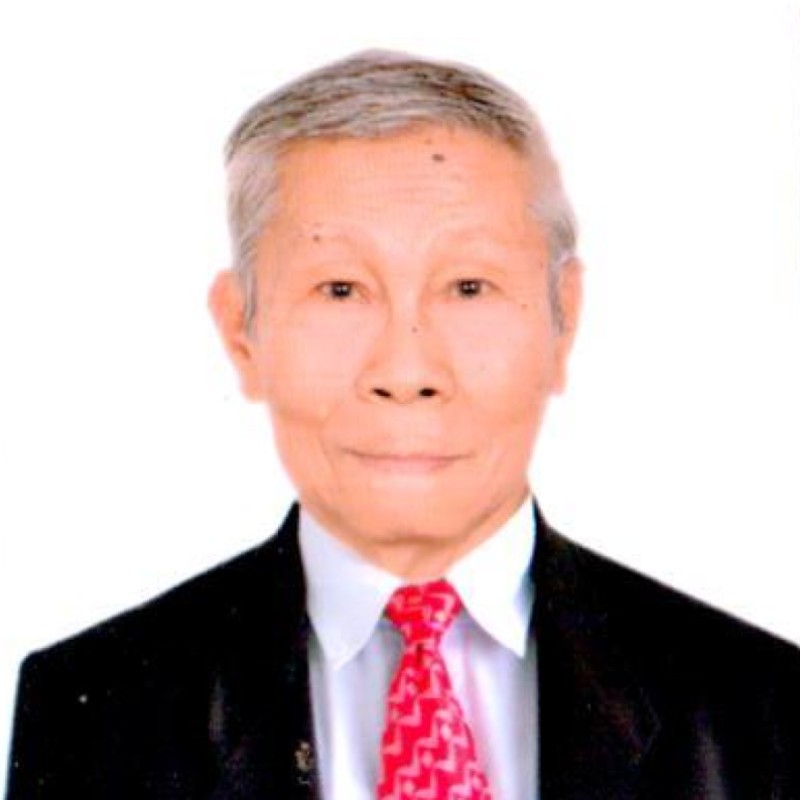GLIMPSES & GAZES
By Severino C. Samonte
How Caloocan's Bagong Silang became biggest barangay in PH
Share
Fifty-two years ago, or in 1971, the administration of then president Ferdinand E. Marcos Sr. created Barrio Bagong Silang from the former Tala Estate in Novaliches, North Caloocan City, bordering with San Jose del Monte, Marilao and Meycauayan, Bulacan, and Montalban, now Rodriguez town in Rizal.
The vast Tala Estate was one of the original four estates or haciendas that composed the former town of Novaliches when it was created in 1855, first as a part of Bulacan (1855-1858), then of the province of Manila (1858-1901) and then of Rizal (1901-1903).
Like any other barrio in Novaliches in the 1950s-1970s, Bagong Silang was sparsely populated. It had very few houses made of nipa and bamboo materials, with the surroundings abounding with tall cogon and talahib (large weeds), grasses, fruit trees, banana, vegetable plants, and other forest growths.
Bagong Silang became a regular barangay after the issuance by Marcos of Presidential Decree No. 557 on Sept. 21, 1974, which amended the Revised Barrio Charter and replaced the name "barrio" with "barangay."
Today, Bagong Silang is considered the biggest in the country in terms of population of over 245,000 and a land area of 574 hectares, according to the Philippine Statistics Authority (PSA).
While the barangay is actually under the administrative jurisdiction and supervision of the city of Caloocan, Bagong Silang belongs to the Roman Catholic Diocese of Novaliches (RCDN) as decreed in 2002 by the Vatican through then Pope and now Saint John Paul II.
Taking cognizance of the rapid increase in the population of the barangay, former Caloocan City Mayor and now Rep. Oscar Malapitan of the city's first district filed House Bill No. 5819 in Congress seeking to divide Bagong Silang into six barangays.
Malapitan said the proposed law has passed final approval in the House of Representatives and has been transmitted to the Senate, where the Committee on Local Government chaired by Senator J.V. Ejercito has approved and submitted it for plenary deliberations and corresponding approval.
By the way, very little is known of the fact that sometime in the early part of the 1970s, then-First Lady Imelda R. Marcos proposed to the erstwhile National Housing Corp. (NHC) the full-scale development of a big portion of the Tala Estate into a plantation of various tree species suitable for conversion into logs.
Under the proposal, the timber to be derived from the plantation would be used by the NHC, which was established in Tala by the national government in 1968 to manufacture housing components needed for the construction of low-cost housing for homeless Filipino families in Metro Manila and other developing regions of the country.
The proposed tree plantation, however, did not prosper beyond the preparation of seedlings to be planted because of a number of intervening events that haunted the second Marcos administration.
The NHC was already producing various housing components like posts, doors, windows, roofing, and flooring materials, etc., when the so-called "First Quarter Storm" of January 1970 broke out.
It was soon followed by numerous rallies and demonstrations, sometimes turning into violence, carried out by militant groups seeking to destabilize and overthrow the government.
Such destabilizing incidents did not stop even after Marcos declared martial law in the entire country in September 1972, saying it was "a final recourse to combat two principal sources of dangers to society and the government – a rebellion mounted by a strange conspiracy of leftist and rightist radicals , and a secessionist movement supported by foreign parties."
The destabilizing events continued to haunt the government, particularly after the assassination of former opposition Senator Benigno S. Aquino Jr. at the Manila International Airport upon his return from a three-year self-exile in the United States on Aug. 21, 1983.
With the seemingly unending disturbing events, Marcos was forced to call for a snap presidential and vice presidential elections on Feb. 7, 1986.
The polls proved to be very problematic, ending with both the administration and opposition candidates claiming victories during the vote canvassing.
The escalation of violence caused by such an impasse eventually forced the Marcos family to leave Malacañang after the so-called four-day People Power Revolt that ended on Feb. 25, 1986.
This in turn catapulted the widow of the slain former senator, Mrs. Corazon C, Aquino, to the presidency until June 30, 1992.
During the Cory administration, Barangay Bagong Silang was used by the National Housing Authority (NHA) as a relocation site for numerous informal settlers from Intramuros and other areas in Metro Manila, including those along Commonwealth Avenue in Quezon City.
So that was how Bagong Silang became the largest barangay in terms of population and land area in Metro Manila and the entire country instead of being a tree plantation or logging concession area. (PNA)
Comments
About the Columnist

He began his journalistic career by contributing to the Liwayway and Bulaklak magazines in the 1960’s. He was the night editor of the Philippine News Service when Martial Law was declared in September 1972. When the Philippine News Agency was organized in March 1973, he was named national news editor because of his news wire service experience.
He retired as executive news editor in 2003. He also served as executive editor of the Malacanang-based Presidential News Desk from 1993 to 1996 and from 2005 to 2008.
